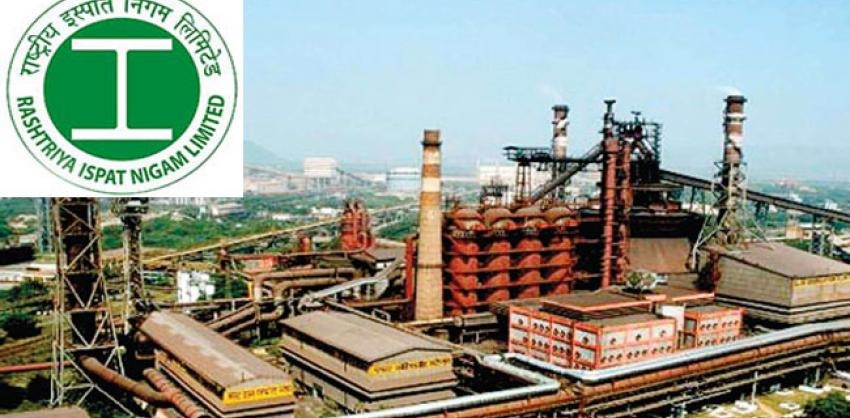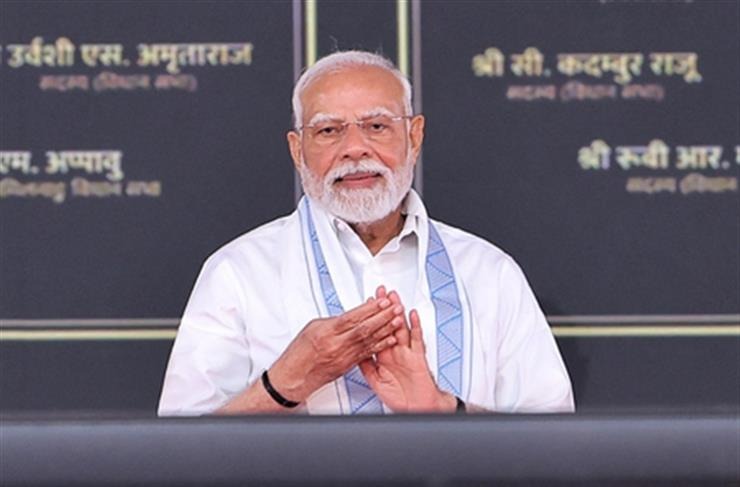
Follow WOWNEWS 24x7 on:

Introduction: A Strategic Shift in India’s Steel Sector
In a significant development for India’s public sector steel industry, over 1,000 employees of Rashtriya Ispat Nigam Ltd (RINL) have opted for the Voluntary Retirement Scheme (VRS), as confirmed by Minister of State for Steel Bhupathiraju Srinivasa Varma in Parliament on August 1, 2025. The move comes amid ongoing disinvestment efforts and financial strain at the state-run steelmaker, which operates a 7.5 million tonne per annum plant in Visakhapatnam, Andhra Pradesh.
Key Takeaways from the VRS Announcement
- A total of 1,017 employees applied for VRS under the VRS-II scheme
- The scheme was launched on June 14, 2025, and commenced on June 16
- Final date for withdrawal of applications was July 18, 2025
- Benefits are aligned with Department of Public Enterprises guidelines dated July 20, 2018
- RINL currently employs 13,536 regular staff, including 4,390 executives and 9,146 non-executives
Background: Disinvestment and Financial Pressures
- Mounting Liabilities and Operational Challenges
- As of March 31, 2024, RINL had liabilities totaling ₹26,114.92 crore
- The company had exhausted its sanctioned borrowing limits and was unable to secure further loans
- In January 2025, the government approved an infusion of ₹11,440 crore to keep RINL operational
- Of this, ₹9,824 crore has already been released as per quarterly targets
- Disinvestment Timeline and Resistance
- The Cabinet Committee on Economic Affairs granted in-principle approval for 100% disinvestment of RINL on January 27, 2021
- Despite the approval, the disinvestment process remains incomplete
- The move has faced strong opposition from trade unions and political parties, citing job losses and strategic concerns
Employee Response and Scheme Details
- The VRS-II scheme was designed to offer retirement benefits to eligible employees aged 45 and above with at least 15 years of service
- The scheme mirrors the benefits offered under the earlier VRS, ensuring parity and compliance with public enterprise norms
- The decision by over 1,000 employees to opt for retirement reflects both personal considerations and broader uncertainty surrounding RINL’s future
Implications for RINL and the Steel Industry
- The voluntary exit of over 1,000 employees marks a significant reduction in RINL’s workforce
- This move is expected to ease operational costs and streamline staffing as the company navigates its financial recovery
- However, it also raises concerns about institutional knowledge loss and morale among remaining employees
- The development underscores the challenges faced by India’s public sector units in balancing fiscal sustainability with employee welfare
Government’s Position and Future Outlook
Minister Bhupathiraju Srinivasa Varma reiterated the government’s commitment to supporting RINL through its transition. While the disinvestment remains pending, the infusion of funds and implementation of VRS are seen as interim measures to stabilize operations. The Ministry of Steel continues to monitor the situation closely, with further decisions expected in the coming quarters.
Source: Economic Times






